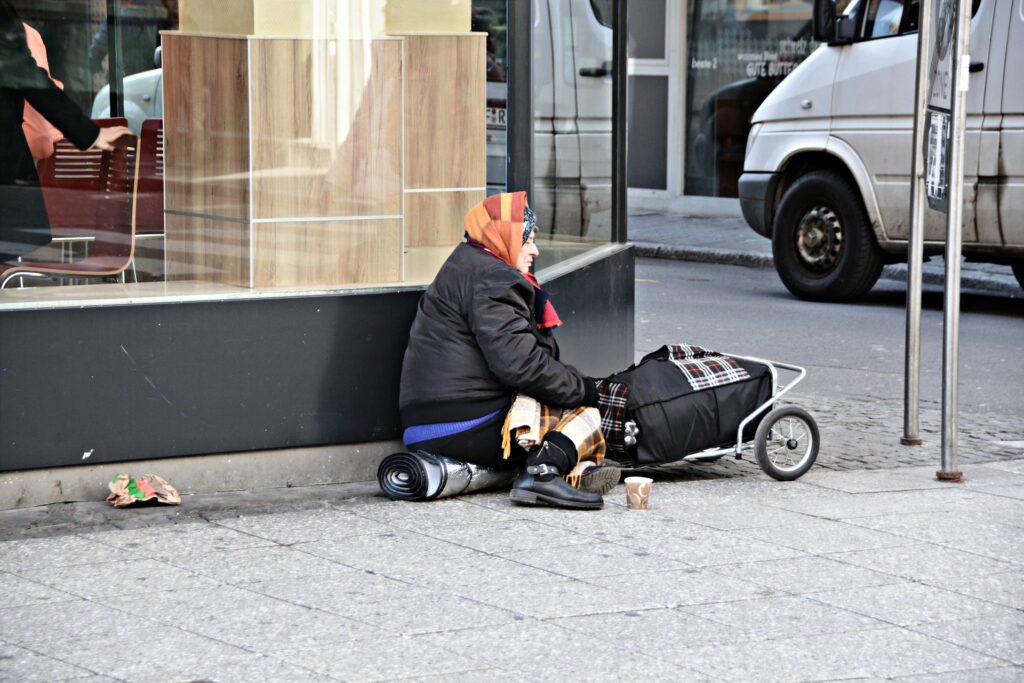Women and children are increasingly accounting for large parts of the homeless population in Belgium, a study commissioned by the King Baudouin Foundation (KBS) found.
Research teams from the KU Leuven and UC Louvain conducted a count of homeless people with the help of local authorities in Charleroi and Namur, South-West Flanders and in the BraVio first-line zone around Vilvoorde. In total, there were 3,847 homeless people in the cities, figures that are "higher than first estimated."
"The new count shows that one-third of all adult homeless people are women, while one-quarter of all counted people are children," researcher Koen Hermans from KU Leuven stated.
The researchers aim to gather clear, reliable and comparable data to understand the target groups and the extent of the phenomenon, which in turn should help governments combat it effectively and create an effective policy to combat homelessness.
Tip of the iceberg
People in emergency shelters and in reception centres constitute roughly one-third of the total number of people counted, which confirms the existence of "hidden" homelessness, a phenomenon that is more prevalent among women and children. The organisation stressed that homeless people in public spaces are, therefore, "only the tip of the iceberg."
"These women mainly spend the night in temporary accommodation for homeless people, with family or friends. Their unstable housing situation is most often caused by intrafamily violence or relational problems," the organisation noted.
Related News
- Brussels office building transformed into homeless shelter in record time
- Number of homeless people on the increase in Belgium’s big cities
The same is true for children, as they mainly stay in shelters, transit houses or temporarily with family or friends. "Even if they do not sleep on the streets, their living situation is very unstable."
Other children, however, do end up on the streets or in other non-conventional spaces. One boy who shared his testimony became homeless when he was 17, and lived in a parking garage and a squat with drug addicts.
Meanwhile, between 20 and 40% of the counted homeless population consists of people with a migration background, which has been confirmed by other international studies, while the number of people with a precarious residence status that become homeless is also striking, especially in the big cities, the study found.

